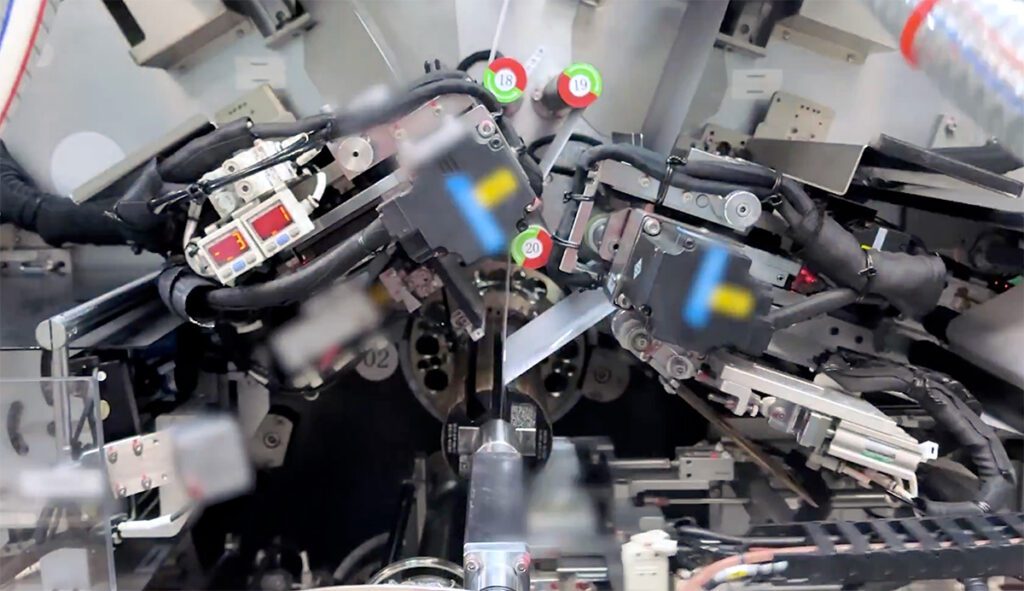The UK-based startup Arrival has garnered a lot of press interest for securing an order for 10,000 electric delivery vans from UPS, as well as €100 million in investment from Hyundai/Kia. Now the company has unveiled a new electric bus that boasts several innovative features.
There are video screens everywhere: a ring around the top of the exterior can be used to display boarding information; another ring around the top of the interior and a panel behind the driver can display information about upcoming stops, as well as advertising; and the driver has a Tesla-style screen that controls most of the vehicle functions.
Arrival says its bus will be far more connected than most current buses, providing passengers with better real-time information, and making it easier for operators to manage their fleets.
“Our buses are connected in ways that your typical bus is not connected,” Chief Experience Officer Kwame Nyanning told The Verge. “So from a fleet management standpoint, you’re able to deploy your inventory of buses in a much more intelligent way to forecast and meet and track demand based on data that we’re able to pull from the buses. I think a lot of other bus manufacturers are just making buses. They’re not making systems.”
Arrival has released few details of its electric powertrains, but it has said that its delivery vans will be built on a modular platform that can be scaled up or down for different vehicles. The company is also developing electric taxis and delivery robots. All of these will be built at “microfactories,” built near customers’ facilities.
Nyanning hinted at plans for a range of vehicles. “Yes, we want to make this bus, and this [is] the best bus anybody’s probably ever ridden on. But the more robust and expansive our ecosystem grows, the more relevant it becomes. We introduce a van, we introduce the bus, we introduce taxis, we introduce other shared mobility solutions or mobility-as-a-service solutions, and all of a sudden, the cumulative value of all these systems and platforms working together to form a single solution becomes quite compelling.”




















































































